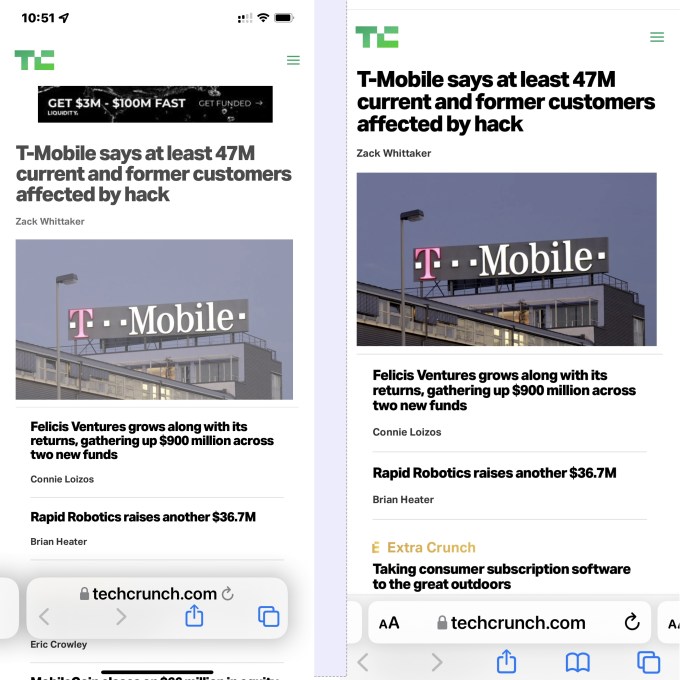News: Twitter adds support for Twitter Spaces to its rebuilt API
Twitter is rolling out changes its newly rebuilt API that will allow third-party developers to build tools and other solutions specifically for its audio chatroom product, Twitter Spaces. The company today announced it’s shipping new endpoints to support Spaces on the Twitter API v2, with the initial focus on enabling discovery of live or scheduled
Twitter is rolling out changes its newly rebuilt API that will allow third-party developers to build tools and other solutions specifically for its audio chatroom product, Twitter Spaces. The company today announced it’s shipping new endpoints to support Spaces on the Twitter API v2, with the initial focus on enabling discovery of live or scheduled Spaces. This may later be followed by an API update that will make it possible for developers to build out more tools for Spaces’ hosts.
The company first introduced its fully rebuilt API last year, with the goal of modernizing its developer platform while also making it easier to add support for Twitter’s newer features at a faster pace. The new support for Twitter Spaces in the API is one example of that plan now being put into action.
With the current API update, Twitter hopes developers will build new products that enable users — both on and off Twitter — to find Twitter Spaces more easily, the company says. This could potentially broaden the reach of Spaces and introduce its audio chats to more people, which could give Twitter a leg up in the increasingly competitive landscape for audio-based social networking. Today, Twitter Spaces isn’t only taking on Clubhouse, but also the audio chat experiences being offered by Facebook, Discord, Reddit, Public.com, Spotify, and smaller social apps.
According to Twitter, developers will gain access to two new endpoints, Spaces lookup and Spaces search, which allow them to lookup live and scheduled Spaces using specific criteria — like the Spaces ID, user ID, or keywords. The Spaces lookup endpoint also offers a way to begin to understand the public metadata and metrics associated with a Space, like the participant count, speaker count, host profile information, detected language being used, start time, scheduled start time, creation time, status, and whether the Space is ticketed or not, Twitter tells us.
To chose what Spaces functionality to build into its API first, Twitter says it spoke to developers who told the company they wanted functionality that could help people discover Spaces they may find interesting and set reminders for attending. Developers said they also want to build tools that would allow Spaces hosts to better understand how well their audio chats are performing. But most of these options are yet available with today’s API update. Twitter only said it’s “exploring” other functionality — like tools that would allow developers to integrate reminders into their products, as well as those that would be able to surface certain metrics fields available in the API or allow developers to build analytics dashboards.
These ideas for other endpoints haven’t yet gained a spot on Twitter’s Developer Platform Roadmap, either.
Twitter also told us it’s not working on any API endpoints that would allow developers to build standalone client apps for Twitter Spaces, as that’s not something it heard interest in from its developer community.
Several developers have been participating in a weekly Spaces hosted by Daniele Bernardi from Twitter’s Spaces team, and were already clued in to coming updates. Developers with access to the v2 API will be able to begin building with the new endpoints starting today, but none have new experiences ready to launch at this time. Twitter notes Bernardi will also host another Spaces event today at 12 PM PT to talk in more detail about the API update and what’s still to come.





